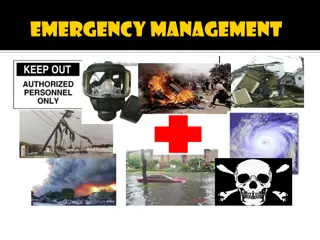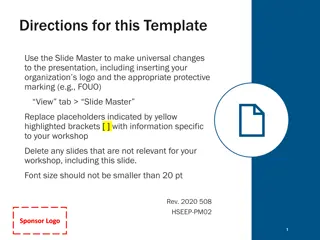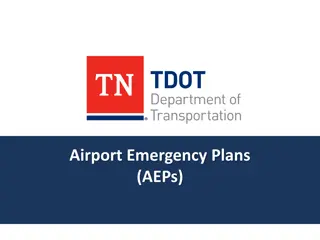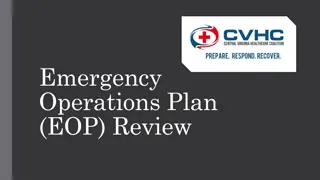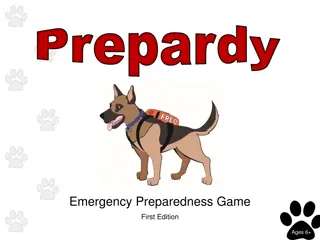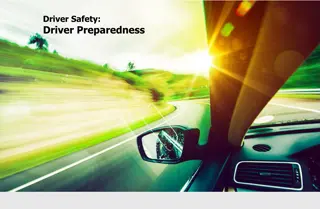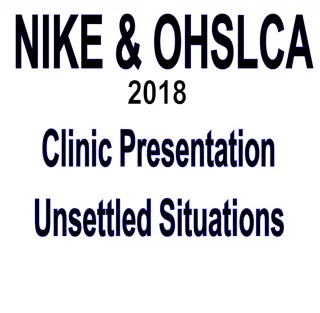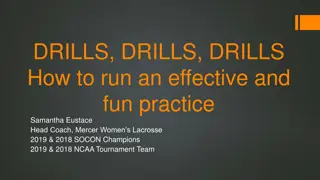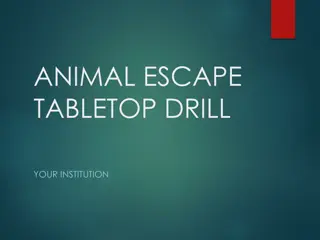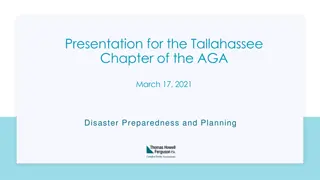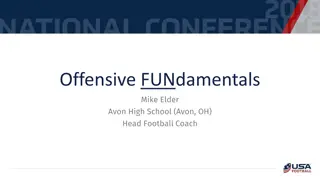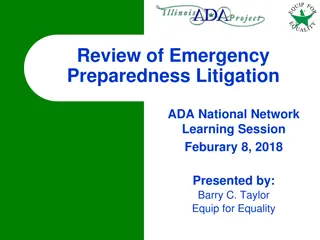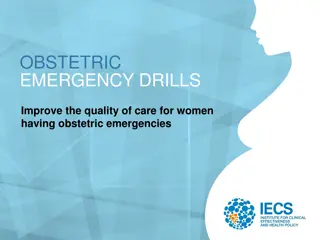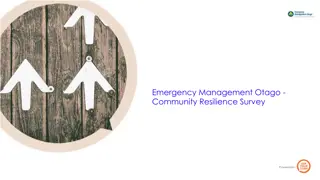Emergency Preparedness and Safety Drills at Wilson School
Wilson School emphasizes the importance of emergency preparedness and safety drills to ensure the well-being of students. Various drills, including fire, earthquake, lockdown, and team response, are conducted to practice necessary actions in case of emergencies. Fire drills, for instance, are crucial as they help prevent casualties and damage caused by structure fires. Students and staff are encouraged to participate actively in these drills to ensure a safe learning environment.
Download Presentation

Please find below an Image/Link to download the presentation.
The content on the website is provided AS IS for your information and personal use only. It may not be sold, licensed, or shared on other websites without obtaining consent from the author.If you encounter any issues during the download, it is possible that the publisher has removed the file from their server.
You are allowed to download the files provided on this website for personal or commercial use, subject to the condition that they are used lawfully. All files are the property of their respective owners.
The content on the website is provided AS IS for your information and personal use only. It may not be sold, licensed, or shared on other websites without obtaining consent from the author.
E N D
Presentation Transcript
School Safety Purposes: To acquaint students with actions they can take during an emergency to minimize harm to themselves To help students understand and practice emergency safety drills at Wilson
YOUR SAFETY The primary that means the most important responsibility of the teachers and staff here at Wilson is to make sure that each and every one of our students is SAFE from the minute you arrive at school until you leave.
PRACTICE MAKES PERFECT Because everyone at Wilson is dedicated to your safety, we occasionally have drills. Drills are a way for both teachers and students to practice what we should do if an emergency arises. We practice because PRACTICE MAKES PERFECT. If something unfortunate does happen in school, we will have practiced and we will be prepared.
TYPES OF DRILLS We have five types of drills: FIRE DRILL (Evacuation) EARTHQUAKE (Duck-Cover-Hold On) LOCKDOWN LOCKOUT TEAM RESPONSE
FIRE DRILLS Why do we have fire drills? Do you think that fire drills are a waste of time? Why? U.S. fire departments responded to an estimated average of 4,980 structure fires in educational properties in 2011 2015, annually. These fires caused annual averages of one civilian death, 70 civilian injuries, and $70 million in direct property damage. Nearly seven in ten of the fires in educational properties (69%) occurred in nursery, elementary, middle, or high schools. The remaining educational property fires were reported in college classrooms and adult education centers (13%), day care centers (11%), or unclassified or unknown education properties (6%).
FIRE DRILL PROCEDURE How should students look during a fire drill? What should students be doing?
The fire drill is a way for students and staff alike to practice a successful evacuation of the building in case there is a fire. EVERY SECOND COUNTS. Fire can move very quickly, and oftentimes smoke is more harmful than fire. To ensure the safety of everyone, we need to PRACTICE UNTIL WE ARE PERFECT. Did you know? Initiating a false fire alarm is a Class A misdemeanor in Oregon
EARTHQUAKE DRILLS Why do we have earthquake drills? During a damaging earthquake, life protecting actions must be taken immediately. There will not be time to decide what to do next; everyone must already know how to react appropriately. Nearly 17,000 earthquakes of magnitude 1.0 to 6.0 have been recorded in Oregon and Washington since 1970. About 15-20 quakes a year are felt in the Northwest. Earthquakes are usually felt if they are at least magnitude 3 to 4.
EARTHQUAKE DRILL PROCEDURE How should students look during a earthquake drill? What should students be doing?
LOCKDOWN DRILLS A lockdown is activated when there is a threat inside the school building. Students should immediately move away from the threat. Get to a safe classroom, or get away from the school if possible. Stay quiet and out of sight. Teachers should immediately bring students into the classroom and lock the door, cover the windows and maintain silence. Teachers should not open the door for anyone except school administration or first responders who will have keys to access the room. PRACTICE MAKES PERFECT EVERY SECOND COUNTS
LOCKDOWN DRILL PROCEDURE
What should you do if you are outside, in a hallway/ restroom, tutor time/lunch/passing when a lockdown occurs? This is where situational awareness must come into play. Move away from the threat. Proceed to the safest place possible off campus; a home, a business, Reike Elementary. Then, let someone know that you are away from the threat and safe. Information may be sent to classrooms through email or text message, but teachers should not open the door or break their silence if lockdown occurs. Staff or police will clear every room! If you end up in an unusual place on campus, you should communicate your location and circumstances via text message to school officials. Using text messages is a good way to communicate injuries or other circumstances during a lockdown to the principal or other staff.
LOCKOUT DRILLS A lockout is activated when there is an unsafe situation outside the school building or in the surrounding neighborhood. Staff are assigned to secure the exterior doors. Students remain in the building (even if school lets out) and teaching proceeds as usual until the problem is resolved. Information about the situation may be delivered by VOIP, email or in person.
TEAM RESPONSE DRILLS A team response is activated when there is a medical emergency or some other non-threatening incident occurs that requires staff to control movement inside the school. Students will be returned or directed back to their classrooms. Inside classrooms teachers will continue class and hold students in place until further information is provided. Information about the situation may be delivered by VOIP, email or in person.
TEAM RESPONSE DRILL PROCEDURE
Students have a role in helping to maintain Wilson as a safe place. We expect students to communicate any perceived safety concerns to school administrators and report threats to school safety made by students or others without hesitation.


